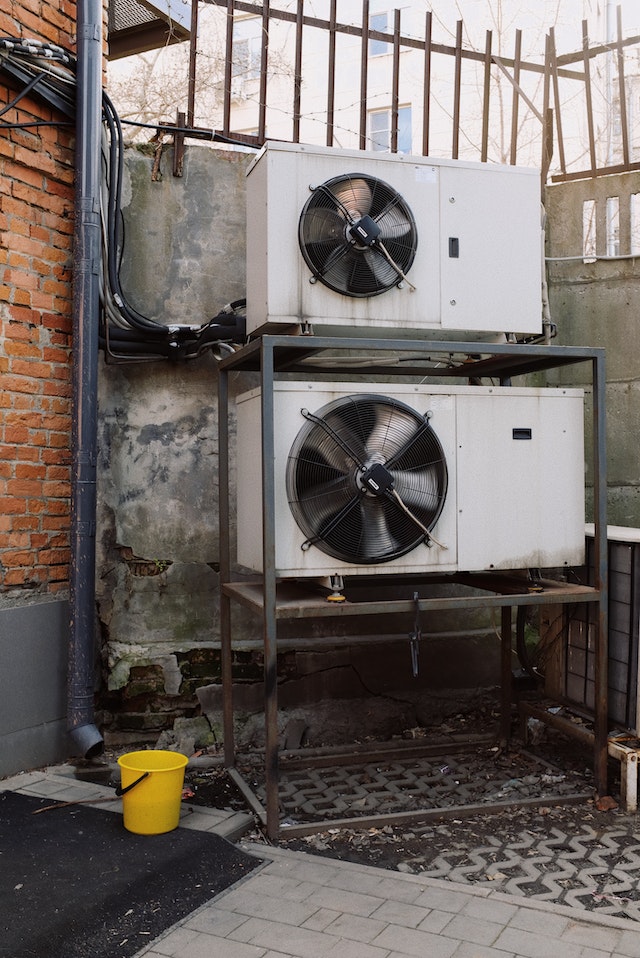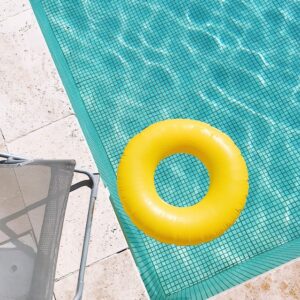The separation of liquid droplets occurs during the air-filtering process. Large amounts of water are removed from the air by this process. According to the air filter supplier Richmond, all filters need to be changed regularly to maintain their ability to catch different droplets, such as big drops, coarse spray, and bulk water. Droplets as small as 12 mm in diameter can be extracted. For larger drops, it has little impact. The majority of salt aerosol is below this size.
Interception
The concept of interception in air filtration describes the way air particles are intercepted. The interception efficiency varies with some variables. The most obvious is the amount of particle mass that passes through the fiber. Then, the interception efficiency is expressed as the ratio of the particle number per unit time within the range of r p for a fiber of unit length. It is also called the flow rate ratio.
Interception efficiency increases with increased solid fraction in the filtration layer. As filtration velocity increases, the diffusion, inertial, and interception efficiency increase. However, the total efficiency decreases. This is because the pressure drop rate is faster than the interception efficiency.
Diffusion
Diffusion is the process of particle capture and removal in air filtration systems. It occurs because air molecules constantly collide with particles, bringing them near the filter fibers. The particles attract the fibers as time passes, resulting in greater filter efficiency. Sometimes the filter media is electrostatically charged to increase particle removal efficiency. Electrostatic filtration is the same principle as an ionizer: negatively charged particles are attracted to a positively charged filter medium. In contrast, positively charged particles are attracted to the positive side.
Small particles move in a Brownian motion, similar to the motion of gas molecules. Brownian motion increases the chance of capture when the particles are atom-sized. Large, high-density particles move differently: impingement. The air tends to pass around the fibers of the filter media, so particulate movement is limited by their size.
Inertial Impaction
Inertial impaction in air filtration is an emerging technology that has several benefits. It can reduce air resistance and pressure drop while improving particle size removal. The device can also be used as a standalone or integrated with an existing PM air filter. This new technology is expected to improve public health greatly.
Inertial impaction filters are fabricated using standard microfabrication techniques. Silicon wafers are used as the substrate, while polydimethylsiloxane (PDMS) is used as the collection part. These filters are replaceable and flexible and can withstand high temperatures.
Electrostatic Attraction
Electrostatic attraction is a type of filtration method used to remove fine particulates from the air. It works by applying an electric charge to particulates in the air stream, causing them to be attracted to oppositely charged collection plates. The resulting purified air is then released back into the surrounding area.
Electrostatic precipitators work on the same principles as balloons. When a balloon rubs against another object, it loses an electron, leaving it negatively charged. This effect is also present in air filtration systems. In contrast, Electrostatic precipitators hold positive and negative charges, which help purify the air.
Fabric
Fabric is used for air filtration in some ways. It is a great choice for the filtration of fine particles, as it captures PM. Its efficiency is largely dependent on the type of fibers used. For example, needle punch and thermal bonding fabrics differ in porosity and thus are better suited for air filtration. The difference in porosity reflects fiber and web area density—higher porosity results in greater filtration efficiency.
The type of fiber used in air filtration will depend on the filtration process and the type of filter. Filter material should be resistant to abrasion and tear. It should also have low density, which will reduce its weight. The fibers should also be of good dimensional stability. For example, the fabric used for air filtration in cement and tea filtering in tea will have different characteristics.
HEPA Filters
HEPA filters work to capture small particles by using diffusion. This mechanism captures particles that are smaller than 0.3 microns in diameter. Smaller particles tend to follow air molecules, and they collide with the fibers of the filter media. As a result, they are delayed in passing through the filter. This makes it easier for the next two mechanisms to take place.
Air filtration systems use HEPA filters to reduce the number of particles entering the air. These filters are often circular and approximately 500 mm in diameter. Eventually, these filters become clogged with tiny particles and may no longer provide any benefit as filters. Therefore, it is important to design your air filtration system with the replacement of spent filters in mind.




